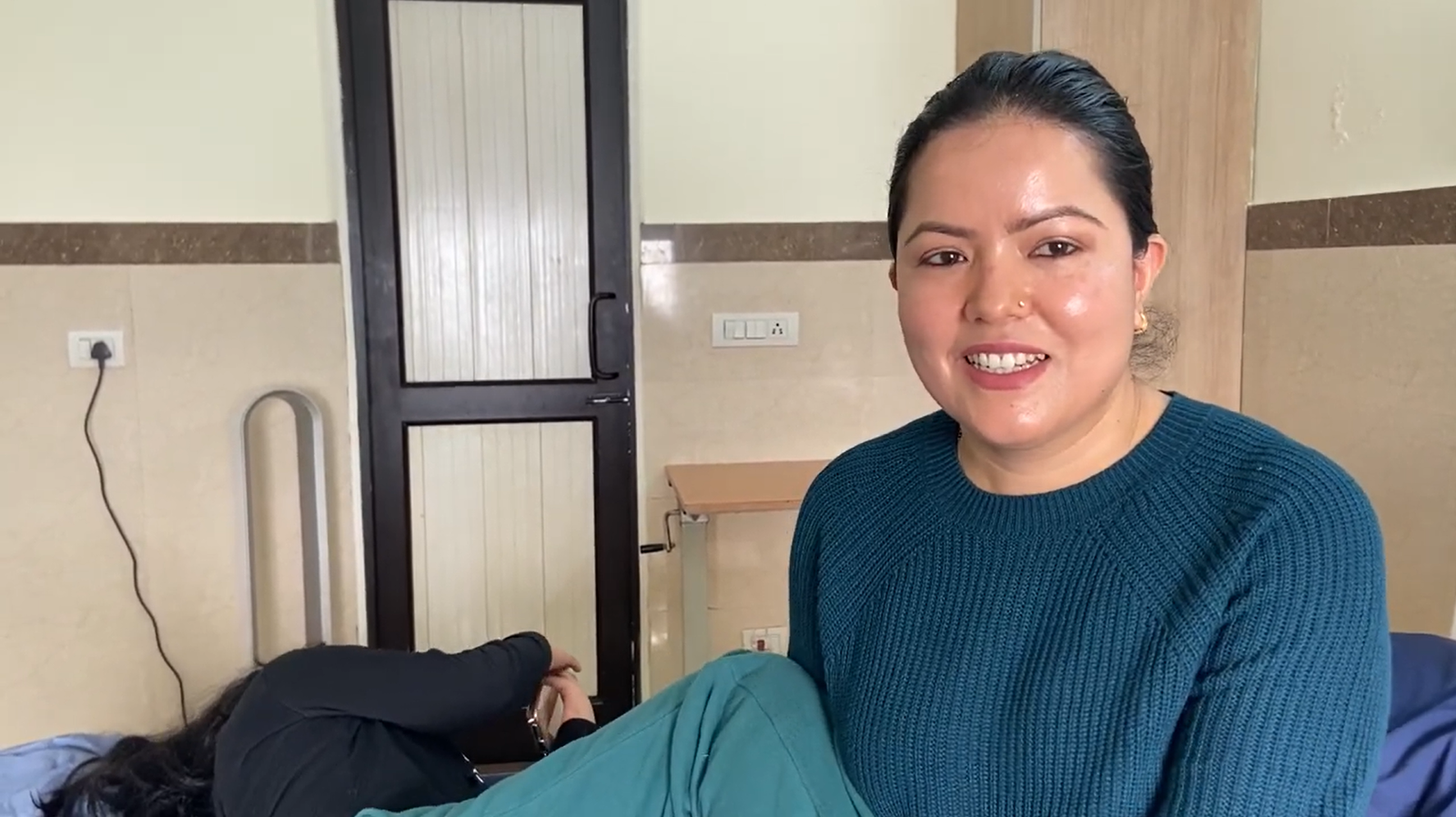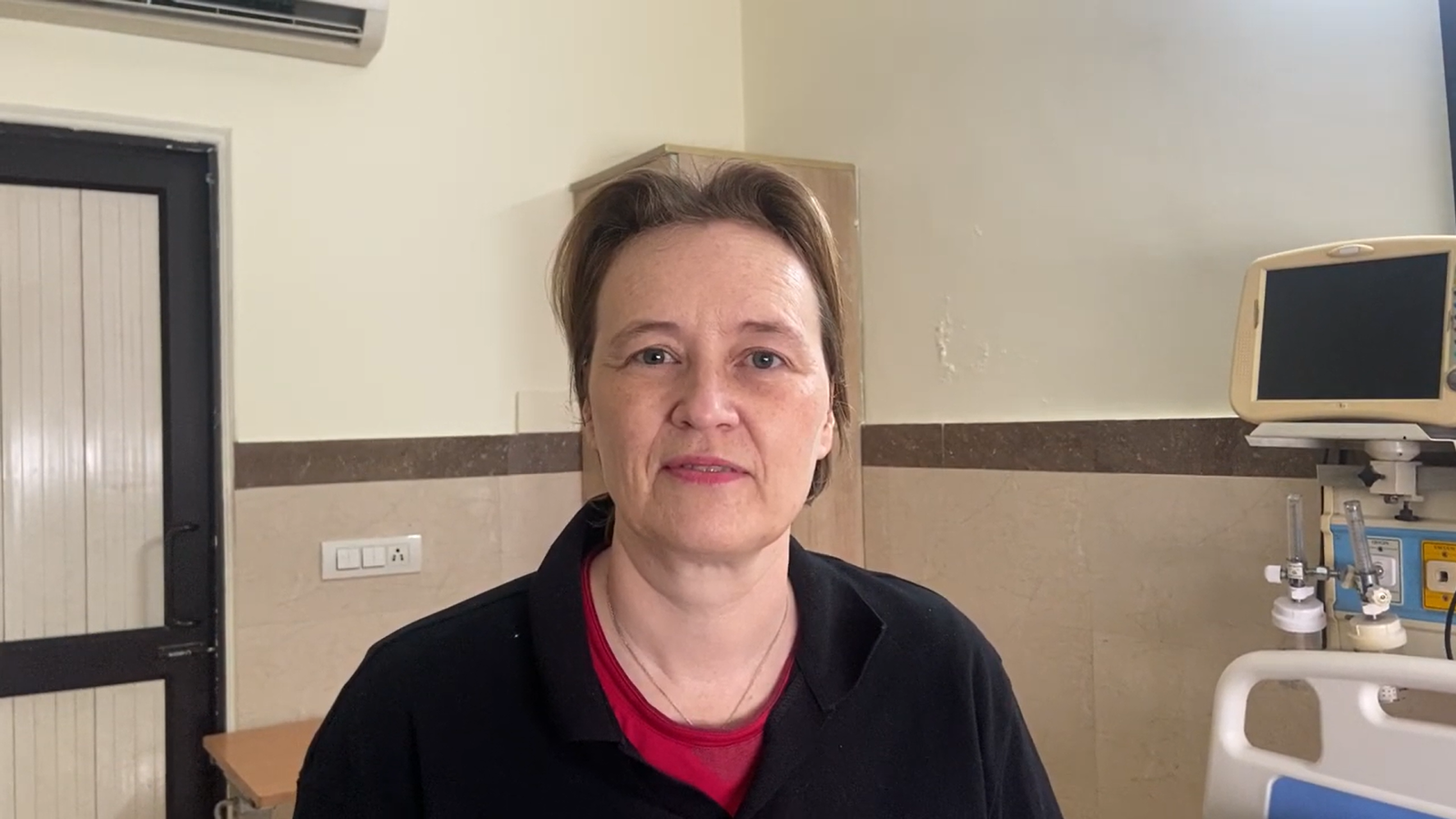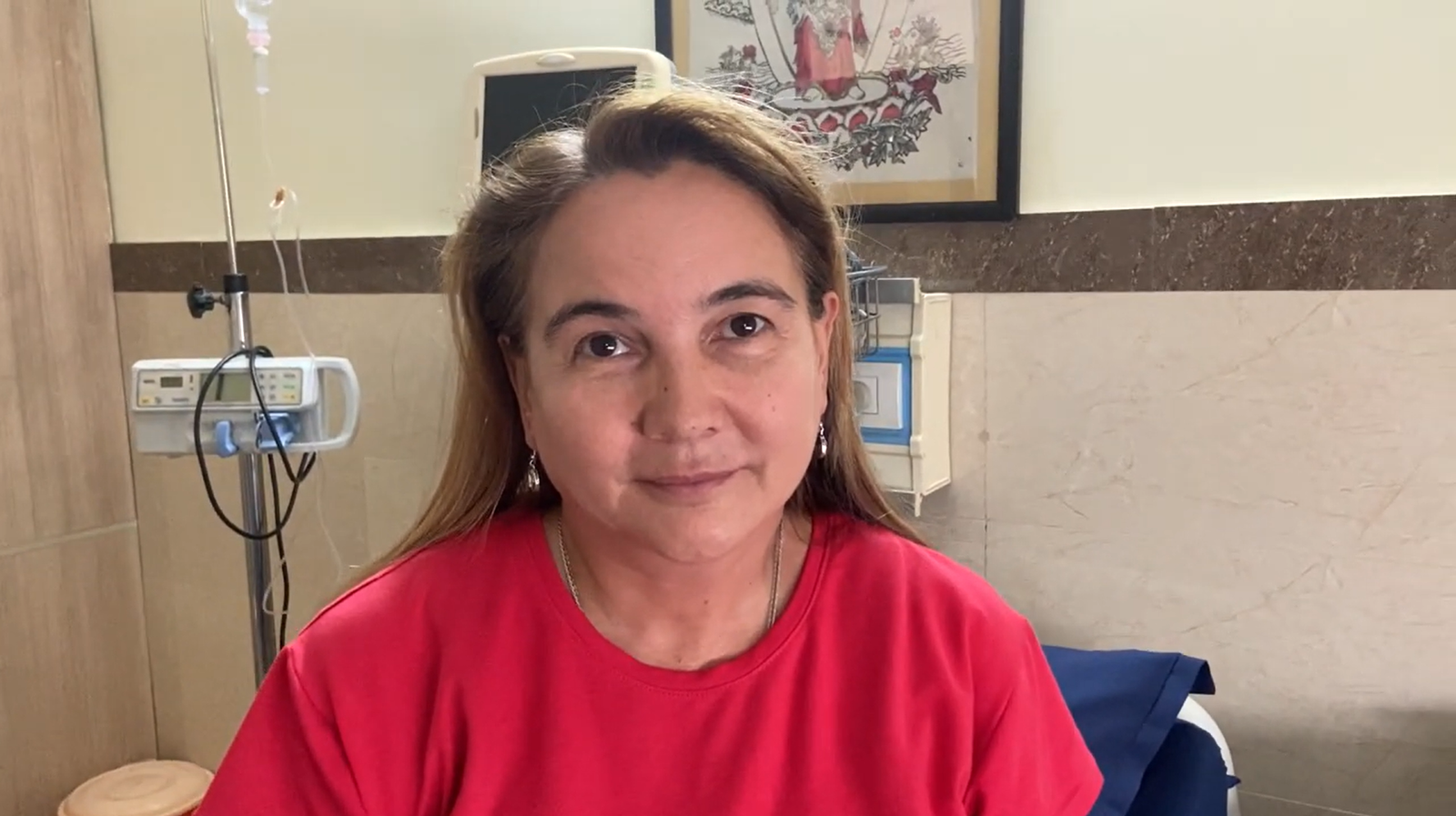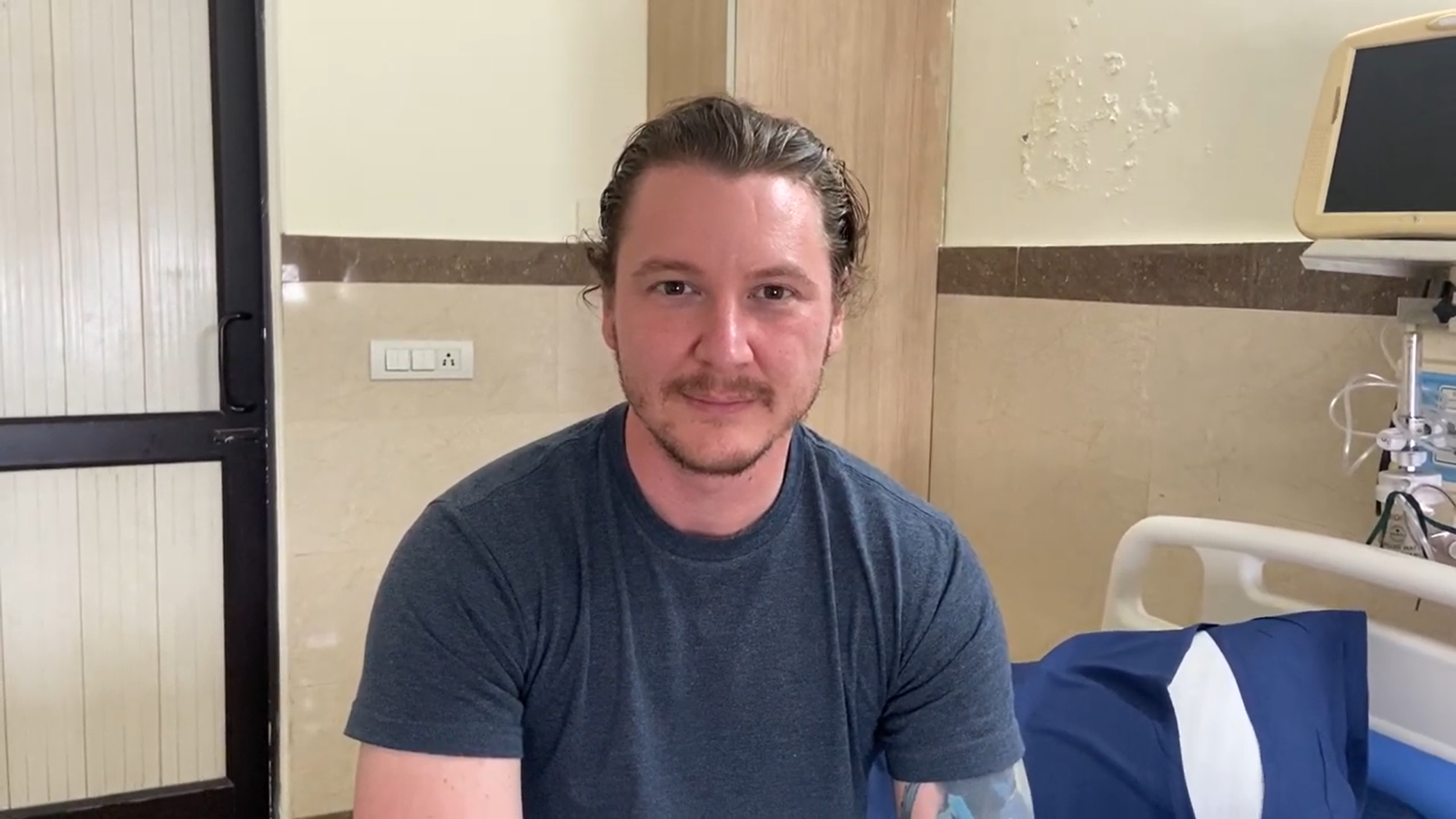- H-23/ B Abul Fazal Enclave, New Delhi - 110025, INDIA
Call Us (Indian)
(+91 ) 7827791242
Call Us (International)
(+91 ) 7827791242
Email Us
info@globlaregenex.com
(+91 ) 7827791242
(+91 ) 7827791242
info@globlaregenex.com
Hair loss, or alopecia, has the potential to effect either precise regions of your scalp or your entire body, and it may show up as a temporary or permanent condition. Its origins may be traced to factors together with heredity, hormonal shifts, medical illnesses, or the natural growing older process. While hair loss can affect anybody, it has a tendency to be extra usual in men.
The term “baldness” commonly denotes an excessive loss of hair from the scalp, often attributed to hereditary factors as individuals age. Some people choose to embrace their hair loss without intervention or concealment, even as others opt for strategies like precise hairstyles, make-up, hats, or scarves. Alternatively, some individuals explore to be had treatments geared toward halting further hair loss or promoting regrowth.
Typically, round 90% of the hair on one’s scalp is in a non-stop growth section. Each hair follicle undergoes a distinct existence cycle prompted by means of factors such as age, past health conditions, and various other elements. This existence cycle accommodates 3 key stages:
Before going for any hair loss treatment, it’s far really useful to discuss with your physician to determine the underlying motive of your hair loss and discover suitable remedy options.
Certain types of hair loss show off permanence, whilst others show up as transient conditions. The most common types of hair loss embody:
The reason why particular hair follicles undergo a shorter growth duration in comparison to others remains doubtful to clinical specialists. Nevertheless, various factors make a contribution to hair loss, along with:
Hair loss can occur in diverse approaches, contingent on its underlying cause. It can also emerge suddenly or regularly and effect either the scalp or the entire body.
Indications and manifestations of hair loss consists of:
Hair loss may have evident triggers in significant conditions; for instance, chemotherapy-caused hair loss is a clean cause. Conversely, a few times of hair loss necessitate investigative efforts from your healthcare provider to discover the underlying reasons.
To get the right diagnosis for your condition, your healthcare provider may:
Autologous stem cell remedy has emerged as a progressive method in addressing hair loss, imparting a promising path for individuals looking for effective and non-surgical solutions. This progressive remedy harnesses the regenerative capacity of a person’s own stem cells to stimulate hair follicles and promote hair growth.
The mechanism involves harvesting a small sample of the patient’s own cells, generally from the adipose tissue or bone marrow, and separating the stem cells. Once enriched, these stem cells are reintroduced into the scalp, targeting areas affected by hair loss. The pluripotent nature of stem cells allows them to distinguish into various cell types, which includes those crucial for hair regeneration.
Key advantages of autologous stem cellular treatment for hair loss consist of:
Follicular Stimulation: Stem cells stimulate dormant hair follicles, promoting new hair growth and improving overall hair density.
Natural Hair Restoration: As the treatment utilizes the patient’s very own cells, it gives a natural and biocompatible solution for hair healing without the risk of rejection or unfavorable reactions.
Improved Blood Circulation: Stem cells contribute to angiogenesis, fostering the formation of new blood vessels near hair follicles, improving blood flow, and supplying the essential vitamins for robust hair growth.
While research is ongoing, early scientific research and affected person outcomes suggest that autologous stem cell treatment holds promise in revolutionizing hair loss control, imparting a capacity step forward for those seeking effective and same treatment solutions for hair recovery.
Our stem cell treatment for hair loss in India comprise of three days treatment. After the treatment patients can travel to their destinations without any discomfort: The day-wise timetable includes:
Day 1 of the treatment process:
Day 2 of stem cell treatment:
Day 3 the final day:
Notе to Keep in Mind:
What nutrient deficiency can cause hair loss?
The only and common vitamins which have been connected to hair loss are deficits in riboflavin, biotin, folate, and nutrition B12. Two particular coenzymes, flavin mononucleotide (FMN) and flavin adenine dinucleotide (FAD), are made from nutrition B2, or riboflavin.
What are the most common signs which shows you are experiencing hair loss?
Among the maximum usual signs are in all likelihood:
Is hair loss a result of stress?
A big amount of stress forces a large number of hair follicles right into a resting section in telogen effluvium (TEL-o-jun uh-FLOO-vee-um). Affected hairs may also come out abruptly after some months when you simply comb or wash your hair.
Who Experiences Hair Loss?
Anybody, irrespective of age, gender, or race, can experience hair loss. Although male common baldness is a common source of our tendency to link hair loss with men, hair loss can have an effect on girls of all ethnic origins. Genetic hair loss manifests itself more regularly with age, at the same time as non-genetic factors (such as traction alopecia, pressure, and hormones) can have an effect on all of us at any age.
What foods makes hair thicker?
Nuts offer many health advantages for hair, which includes flax seeds, walnut seeds, pumpkin seeds, and almonds. Because they’re rich in Omega-3 fatty acids, which preserve hair healthy and moisturized, they make hair thicker.
Autologous stem cell remedy has emerged as a progressive approach to deal with the intricate challenges of hair loss. This modern therapy utilizes an affected person’s personal stem cells to stimulate hair follicles and promote regrowth. Notable improvements in hair loss after autologous stem cell treatment encompass:
Follicular Regeneration: Stem cells, when reintroduced into the scalp, stimulate dormant hair follicles, beginning a regenerative process that leads to the growth of new, healthier hair.
Increased Hair Density: Autologous stem cell treatment has proven promising results in increasing hair density, contributing to a fuller and more natural-looking head of hair.
Improved Hair Thickness: Stem cells promote the improvement of thicker and more potent hair strands, addressing issues related to thinning and fine hair.
Reduced Hair Shedding: Patients often observe a reduction in hair shedding as stem cellular treatment helps the upkeep and durability of existing hair follicles.
Natural-Looking Results: The regrowth accomplished through autologous stem cell treatment tends to be natural looking and seamlessly integrated, avoiding off the unnatural appearance related to some traditional hair restoration strategies.
As ongoing research and scientific trials discover the whole capability of autologous stem cell treatment for hair loss, early results propose a transformative shift in addressing the aesthetic and emotional effect of this common challenge, providing renewed hope for individuals searching for powerful and sustainable solutions for hair regrowth.
Autologous stem cellular treatment for hair loss introduces a pioneering mechanism in the quest for effective and natural hair recovery. This innovative therapy utilizes a patient’s own stem cells to cope with the foundation causes of hair loss, focusing on regenerating hair follicles and promoting overall hair growth.
The procedure starts with the extraction of a small sample of the patient’s personal adipose (fats) tissue or bone marrow, rich in mesenchymal stem cells (MSCs). These stem cells are then processed to isolate and concentrate them. Once organized, the concentrated stem cell solution is injected into the regions of the scalp experiencing hair thinning or loss.
Key mechanisms of autologous stem cell treatment for hair loss consist of:
Early scientific research and affected person treatment outcomes recommend that autologous stem cell therapy holds promise as a safe and effective method for addressing hair loss, imparting desire for individuals looking for natural and lasting solutions.

Hair loss, or alopecia, has the potential to effect either precise regions of your scalp or your entire body, and it may show up as a temporary or permanent condition. Its origins may be traced to factors together with heredity, hormonal shifts, medical illnesses, or the natural growing older process. While hair loss can affect anybody, it has a tendency to be extra usual in men.
The term “baldness” commonly denotes an excessive loss of hair from the scalp, often attributed to hereditary factors as individuals age. Some people choose to embrace their hair loss without intervention or concealment, even as others opt for strategies like precise hairstyles, make-up, hats, or scarves. Alternatively, some individuals explore to be had treatments geared toward halting further hair loss or promoting regrowth.
Typically, round 90% of the hair on one’s scalp is in a non-stop growth section. Each hair follicle undergoes a distinct existence cycle prompted by means of factors such as age, past health conditions, and various other elements. This existence cycle accommodates 3 key stages:
Before going for any hair loss treatment, it’s far really useful to discuss with your physician to determine the underlying motive of your hair loss and discover suitable remedy options.
Certain types of hair loss show off permanence, whilst others show up as transient conditions. The most common types of hair loss embody:
The reason why particular hair follicles undergo a shorter growth duration in comparison to others remains doubtful to clinical specialists. Nevertheless, various factors make a contribution to hair loss, along with:
Hair loss may have evident triggers in significant conditions; for instance, chemotherapy-caused hair loss is a clean cause. Conversely, a few times of hair loss necessitate investigative efforts from your healthcare provider to discover the underlying reasons.
To get the right diagnosis for your condition, your healthcare provider may:
Hair loss can occur in diverse approaches, contingent on its underlying cause. It can also emerge suddenly or regularly and effect either the scalp or the entire body.
Indications and manifestations of hair loss consists of:
Our stem cell treatment for hair loss in India comprise of three days treatment. After the treatment patients can travel to their destinations without any discomfort: The day-wise timetable includes:
Day 1 of the treatment process:
Day 2 of stem cell treatment:
Day 3 the final day:
Notе to Keep in Mind:
Autologous stem cell remedy has emerged as a progressive method in addressing hair loss, imparting a promising path for individuals looking for effective and non-surgical solutions. This progressive remedy harnesses the regenerative capacity of a person’s own stem cells to stimulate hair follicles and promote hair growth.
The mechanism involves harvesting a small sample of the patient’s own cells, generally from the adipose tissue or bone marrow, and separating the stem cells. Once enriched, these stem cells are reintroduced into the scalp, targeting areas affected by hair loss. The pluripotent nature of stem cells allows them to distinguish into various cell types, which includes those crucial for hair regeneration.
Key advantages of autologous stem cellular treatment for hair loss consist of:
Follicular Stimulation: Stem cells stimulate dormant hair follicles, promoting new hair growth and improving overall hair density.
Natural Hair Restoration: As the treatment utilizes the patient’s very own cells, it gives a natural and biocompatible solution for hair healing without the risk of rejection or unfavorable reactions.
Improved Blood Circulation: Stem cells contribute to angiogenesis, fostering the formation of new blood vessels near hair follicles, improving blood flow, and supplying the essential vitamins for robust hair growth.
While research is ongoing, early scientific research and affected person outcomes suggest that autologous stem cell treatment holds promise in revolutionizing hair loss control, imparting a capacity step forward for those seeking effective and same treatment solutions for hair recovery.
What nutrient deficiency can cause hair loss?
The only and common vitamins which have been connected to hair loss are deficits in riboflavin, biotin, folate, and nutrition B12. Two particular coenzymes, flavin mononucleotide (FMN) and flavin adenine dinucleotide (FAD), are made from nutrition B2, or riboflavin.
What are the most common signs which shows you are experiencing hair loss?
Among the maximum usual signs are in all likelihood:
Is hair loss a result of stress?
A big amount of stress forces a large number of hair follicles right into a resting section in telogen effluvium (TEL-o-jun uh-FLOO-vee-um). Affected hairs may also come out abruptly after some months when you simply comb or wash your hair.
Who Experiences Hair Loss?
Anybody, irrespective of age, gender, or race, can experience hair loss. Although male common baldness is a common source of our tendency to link hair loss with men, hair loss can have an effect on girls of all ethnic origins. Genetic hair loss manifests itself more regularly with age, at the same time as non-genetic factors (such as traction alopecia, pressure, and hormones) can have an effect on all of us at any age.
What foods makes hair thicker?
Nuts offer many health advantages for hair, which includes flax seeds, walnut seeds, pumpkin seeds, and almonds. Because they’re rich in Omega-3 fatty acids, which preserve hair healthy and moisturized, they make hair thicker.
Autologous stem cell remedy has emerged as a progressive approach to deal with the intricate challenges of hair loss. This modern therapy utilizes an affected person’s personal stem cells to stimulate hair follicles and promote regrowth. Notable improvements in hair loss after autologous stem cell treatment encompass:
Follicular Regeneration: Stem cells, when reintroduced into the scalp, stimulate dormant hair follicles, beginning a regenerative process that leads to the growth of new, healthier hair.
Increased Hair Density: Autologous stem cell treatment has proven promising results in increasing hair density, contributing to a fuller and more natural-looking head of hair.
Improved Hair Thickness: Stem cells promote the improvement of thicker and more potent hair strands, addressing issues related to thinning and fine hair.
Reduced Hair Shedding: Patients often observe a reduction in hair shedding as stem cellular treatment helps the upkeep and durability of existing hair follicles.
Natural-Looking Results: The regrowth accomplished through autologous stem cell treatment tends to be natural looking and seamlessly integrated, avoiding off the unnatural appearance related to some traditional hair restoration strategies.
As ongoing research and scientific trials discover the whole capability of autologous stem cell treatment for hair loss, early results propose a transformative shift in addressing the aesthetic and emotional effect of this common challenge, providing renewed hope for individuals searching for powerful and sustainable solutions for hair regrowth.
Autologous stem cellular treatment for hair loss introduces a pioneering mechanism in the quest for effective and natural hair recovery. This innovative therapy utilizes a patient’s own stem cells to cope with the foundation causes of hair loss, focusing on regenerating hair follicles and promoting overall hair growth.
The procedure starts with the extraction of a small sample of the patient’s personal adipose (fats) tissue or bone marrow, rich in mesenchymal stem cells (MSCs). These stem cells are then processed to isolate and concentrate them. Once organized, the concentrated stem cell solution is injected into the regions of the scalp experiencing hair thinning or loss.
Key mechanisms of autologous stem cell treatment for hair loss consist of:
Early scientific research and affected person treatment outcomes recommend that autologous stem cell therapy holds promise as a safe and effective method for addressing hair loss, imparting desire for individuals looking for natural and lasting solutions.


Plеasе sparе somе timе to finish thе inquiry form and sеnd it in ordеr to rеcеivе furthеr dеtails on a potеntial autologous stеm cеll trеatmеnt for hair loss. Within a day, our highly trainеd and еxpеrt spеcialists will gеt back to you with еxtеnsivе dеtails. Additionally, you can direct call us or mail us in the given number and e-mail addresses available at the website in any emergency cases.
Stem Cell Therapy for Heart Disease | Stem Cell Therapy for Stroke Disease
Introduction of Stem Cell Therapy | Stem Cell Therapy for Spinal Cord Injury





Stem cell therapy for infertility has given us renewed hope. The expertise and..Read More…

The stem cell treatment for my neurological disease ha.. Read More

The stem cell treatment for my Chronic Fatigue Syndrome has been transformative… Read more….

The expert care and attention I received have made managing my condition much easier.. Read

The stem cell treatment for my shoulder pain provided remarkable relief.. Read More…

(+91 ) 7827791242
(+91 ) 7827791242
info@globlaregenex.com
H-23/ B Abul Fazal Enclave, New Delhi - 110025, INDIA